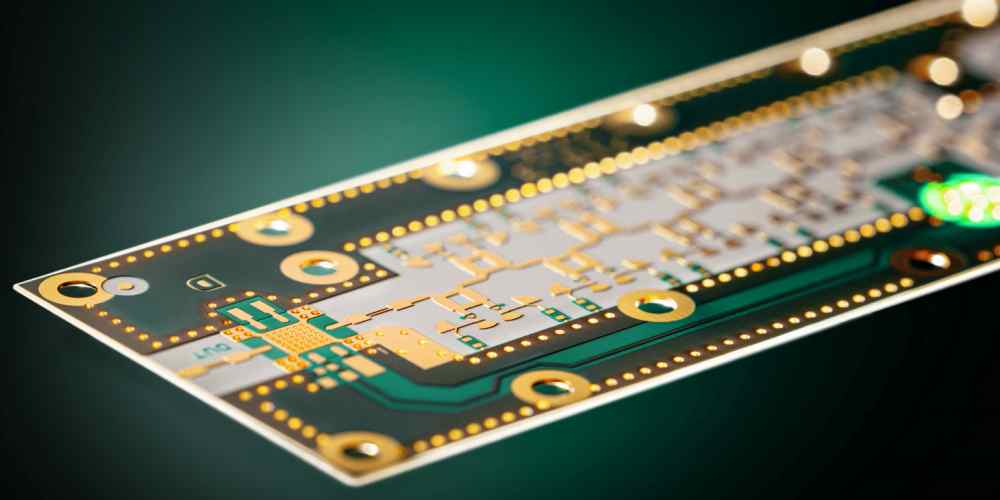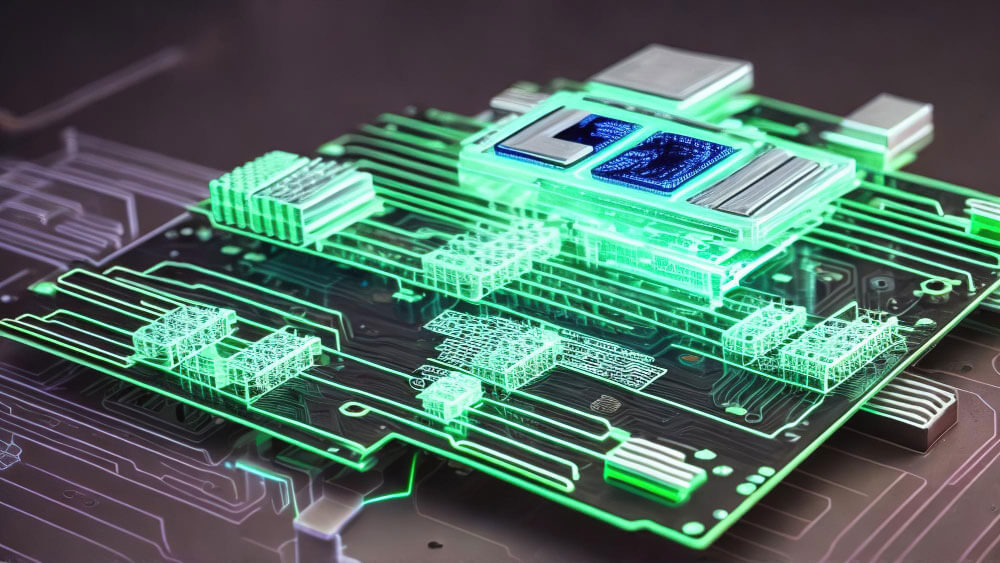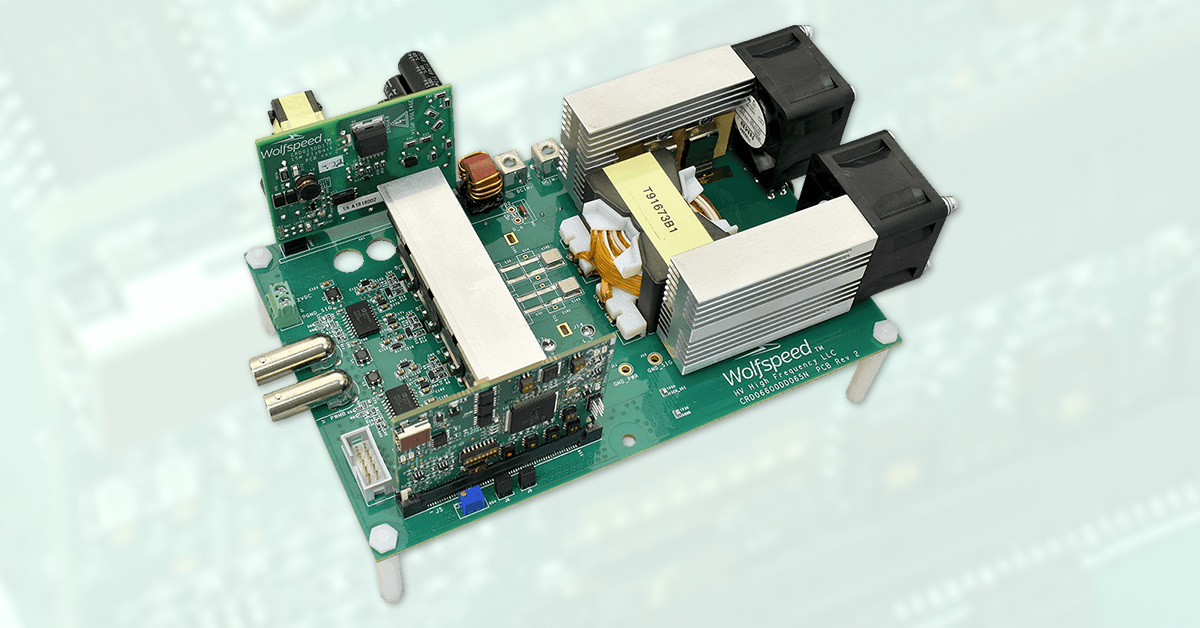As the world moves ever closer to ubiquitous communication, a need arises for technologies that can meet the demands of advanced communication systems. High-frequency PCBs are an increasingly popular solution, offering a reliable and efficient means of transmitting data at speeds beyond what was previously thought possible.
These PCBs allow for faster transmission rates with less power consumption while also providing greater circuit stability and protection from interference. With their increased reliability and efficiency, high-frequency PCBs have become essential components in modern communications networks around the globe.
This article will delve into how these specialized boards operate and why they are so important in today’s digital landscape.
Maximizing PCB Performance in High-Frequency Applications
The design of high-frequency printed circuit boards (PCBs) is a critical component in the development of advanced communication systems. To maximize performance, PCBs used in such applications must be designed with special considerations to meet the rigorous requirements for signal integrity and power delivery.
By understanding key parameters that influence PCB performance at higher frequencies, designers can ensure their board meets its full potential while minimizing any unnecessary losses or delays. When it comes to designing a high-frequency PCB, there are several important factors to consider.
Selecting materials with the right dielectric constant and thickness ensures signals travel quickly through layers without excessive attenuation or crosstalk interference. Additionally, optimizing trace geometry and connecting vias help reduce impedance mismatch between different components on the board which helps minimize reflections and enables faster transitions between logic levels.
Lastly, proper placement of bypass capacitors helps maintain an adequate voltage supply across all chips even when faced with large current spikes from switching devices during operation. By taking these measures into account during the initial design stages, engineers can create PCBs capable of meeting demanding specifications while ensuring maximum performance throughout their intended lifecycle.
With appropriate design decisions taken from start to finish – including selecting reliable materials for fabrication – manufacturers can produce high-quality, long-lasting products that serve as foundations for successful advanced communications systems worldwide.
Sourcing the Right Components for High-Frequency PCBs

Sourcing the right components for high-frequency PCBs is an essential part of meeting the needs of advanced communication systems. Manufacturers must ensure that the highest quality parts are used to produce a reliable and durable board.
It is important to understand how different components will affect performance, as even small variations can result in significant differences in terms of speed and data transfer rates. The most suitable choice for these applications may not always be immediately apparent, so it’s worth taking some time to research all available options before making any decisions.
Knowing which type of component works best with certain types of substrate material or other elements can be decisive when selecting what is appropriate for any given project. It’s also wise to consider future requirements – what might be needed if additional features need to be added down the line? This careful consideration can pay dividends when ensuring compatibility with existing systems or envisaging potential upgrades further on down the line.
As such, considering versatility as well as price should also form part of the equation when looking at sourcing components for high-frequency PCBs.
Designing and Manufacturing Highly Reliable HFPCBs
Designing and manufacturing highly reliable HFPCBs requires advanced engineering. The components required for these PCBs must be able to operate in an environment with high levels of heat, radiation, humidity, and other environmental factors.
To ensure that these boards are built to last, manufacturers must use the latest materials and processes available. Testing is also critical throughout the design process to determine if components can meet performance requirements in harsh environments.
Manufacturers should also consider using advanced simulation techniques when designing their HFPCBs so they can predict potential problems before producing them at scale. Finally, having a thorough quality assurance protocol ensures that all manufactured parts adhere to industry standards and meet customer needs.
By following these steps during the design and production stages of an HFPCB project, manufacturers can create highly reliable products that will withstand even the most challenging conditions encountered by communication systems today.
Minimizing Board Space Requirements with High-Frequency Circuits

High-frequency PCBs are quickly becoming an essential component of advanced communication systems. As such, these boards need to be designed with efficiency and precision in mind.
To minimize board space requirements without sacrificing performance, high-frequency circuits should be employed wherever possible. High-frequency circuits allow for greater packing density due to their faster switching speeds and narrower trace widths compared to lower frequencies.
Additionally, by taking advantage of the fact that higher frequencies tend to propagate more efficiently through a circuit than lower ones, signal integrity can be improved while simultaneously decreasing overall board size. While there are some tradeoffs associated with using high-frequency circuits—such as increased power consumption—the potential benefits far outweigh any drawbacks when it comes to creating efficient and reliable communication systems.
Conclusion
In conclusion, High-Frequency PCBs are an invaluable tool in meeting the needs of advanced communication systems. The added layers and higher-quality materials used to construct these boards allow for greater frequency ranges and improved data transmission rates that make them essential components of high-performance networks.
With better heat dissipation, more efficient signal routing capabilities, and long lifespans they represent a significant advancement in communication technology.
